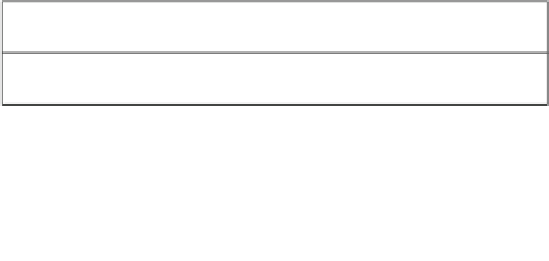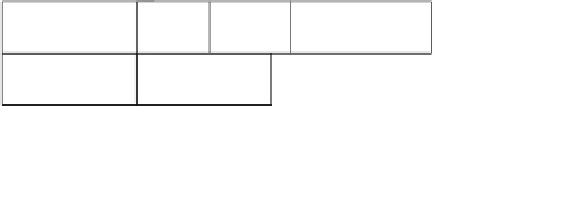Database Reference
In-Depth Information
Warehouse Process
Warehouse Operation
Management
Transformation
OLAP
Data
Mining
Business
Nomenclature
Information
Visualization
Analysis
Relational
Record
Multidimensional
XML
Resource
Business
Information
Data
Types
Software
Deployment
Key
Indexes
Expres
sions
Type
Mapping
Foundation
Object
Core
Behavioral
Relationships
Instance
Fig. 12.2 CWM packages
Overview
CWM provides a framework for representing metadata about data sources, data
targets, transformations, analysis, and the process and operations that create and
manage warehouse data and provide lineage information about its use. The primary
objective of the CWM is to define a metamodel of a generic data warehouse
architecture. Thus, the CWM defines formal rules for modeling instances of data
warehouses.
The CWM is split up into a set of packages. This should aid comprehension of
the metamodel, by splitting it up into smaller units, and also allow users and
implementers to ignore packages that are not relevant for their needs.
The CWM has a layered structure (Fig.
12.2
):
• Foundation layer: The foundation consists of the UML-based object model and
the CWM Foundation, which supports additional concepts and structures that are
shared by other packages. Additionally, the
Software Deployment
package sup-
ports the deployment information for the data sources and targets in the next layer.
• Resource layer: The
Relational, Record, Multidimensional,
and
XML
packages
support the definition of various types of data sources and data targets. Often, an
Object-Oriented package is included into the Resource layer. It refers to the
object model which is reused to model object-oriented data resources.
• Analysis layer: The
Transformation, OLAP, Data Mining, Information Visual-
ization
, and
Business Nomenclature
packages define the transformations and
analytical processing that take place on these data sources.
• Warehouse Management layer: Finally, the
Warehouse Process
package sup-
ports scheduling information, and the
Warehouse Operation
package is used to
record operational details such as the results of transformation runs.
The CWM is designed to maximize the reuse of object model (a subset of UML)
and the sharing of common modeling constructs where possible. The most prom-
inent example is that CWM reuses object model for representing object-oriented data
resources as noticed above. In addition, where applicable, key elements of the


















